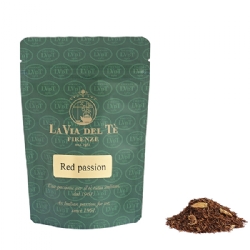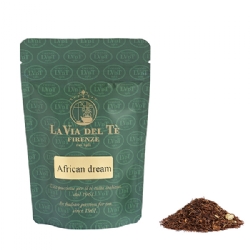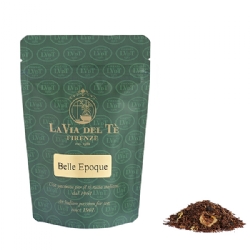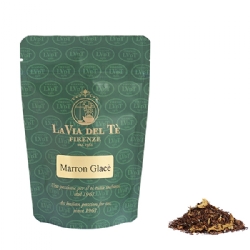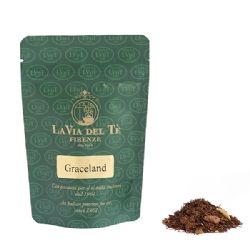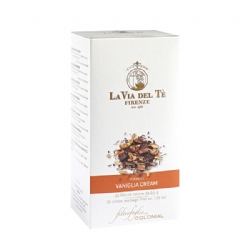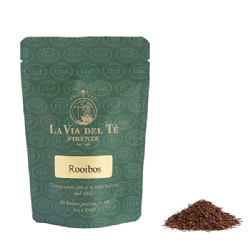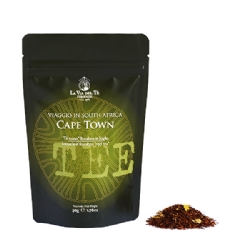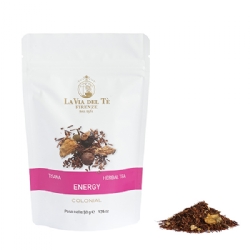
Rooibos
Rooibos, pronounced "Roy-boss", has nothing to do with Camellia Sinensis, the tea plant.
It is the product of the processing of the needle-like leaves of a shrub, Aspalathus Linearis, that grows in South Africa and more precisely in the area of the Cedarberg Mountains. The bush is green in colour, with thin red stems and small yellow flowers. In the oxidation step of the manufacturing process of the plant, the leaves turn red mahogany, which is why the plant is known as Rooibos (Afrikaans for "red bush") and the drink as "red tea".
Caffeine free, it is suitable to be drunk throughout the day and its soft, round and naturally sweet taste makes it perfect for diets and children's drinks.
It is excellent both hot or cold, drunk as it is or with a dash of honey and a cloud of milk.
In addition, the Rooibos is shown by medical research and traditional medicine as a beverage with beneficial properties.
Recent studies indicate that the Rooibos contains several types of flavonoids, including quercetin, lutein, and rutin, powerful antioxidants, capable of fighting the free radicals, responsible for cell ageing.
Traditionally used by South African mothers to soothe infant colics, it seems that Rooibos has an anti-spasmodic and sedative ability.
It also contains alpha-hydroxy, known as a promoter of healthy skin and brings a high content of minerals like calcium, manganese and fluoride.
The metabolites of Rooibos have also been attributed the analgesic activity and anti-allergic, antibacterial and antiviral properties.
Steep at an average temperature of 90°C.


